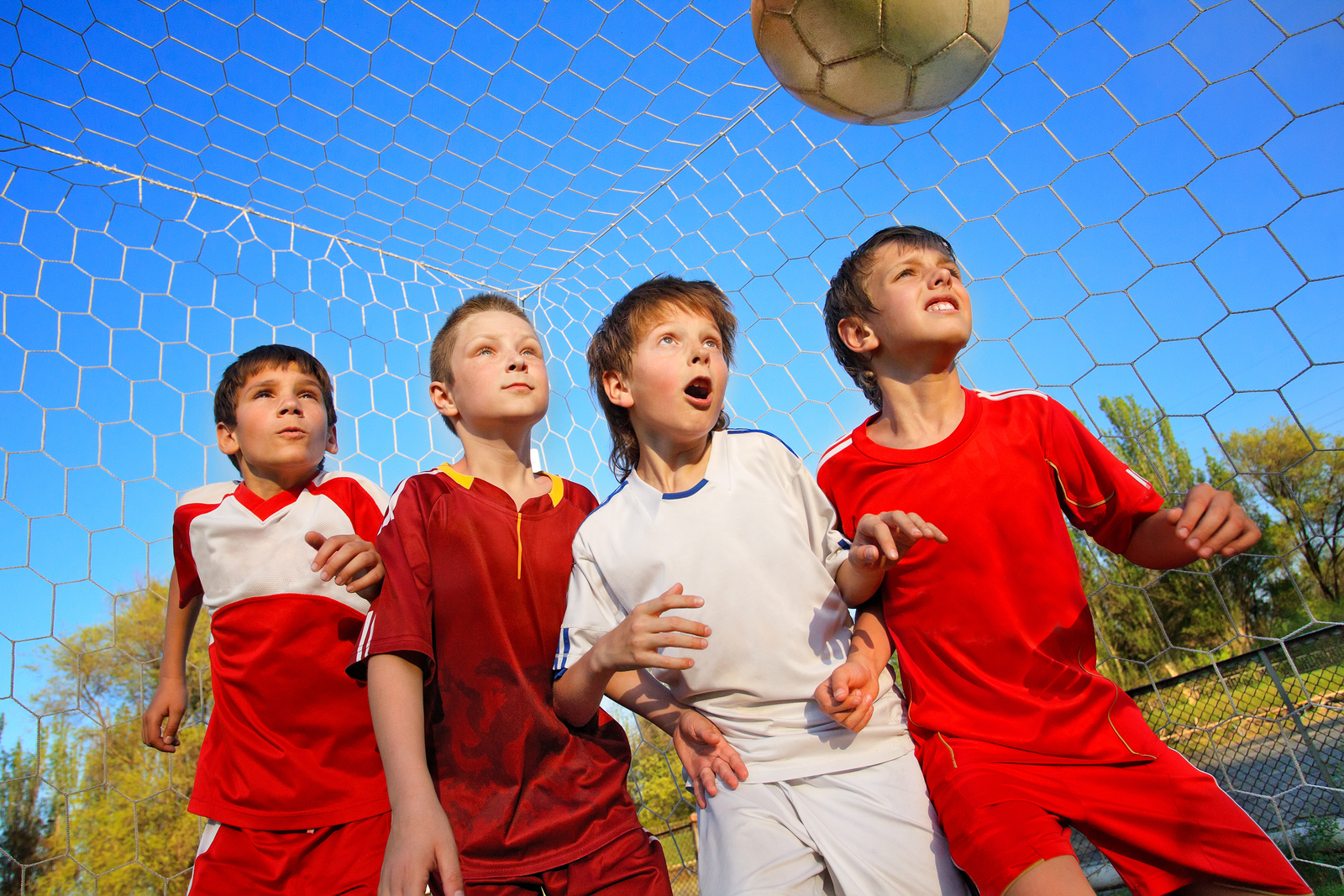Importance of sports in Social and Emotional development

In terms of the social aspects of child and youth development, there are three main areas that have been under consideration: inclusion and community building; character-building; and delinquency and community safety.
Inclusion and community building
The role of sport in inclusion has shown to be strongly linked to building social cohesion and social capital among young people and adults in communities. Sport has been used as a practical tool to engage young people in their communities through volunteering, resulting in higher levels of leadership, community engagement and altruism among young people.
Positive peer relationships between young people are encouraged through physical activity and coaching is considered a key aspect of how physical activity can contribute to social inclusion among young people.
Social inclusion also relates to offering equal opportunities to sport and education programmes regardless of gender, ethnicity or ability. There is increasing attention on programme development both in and out of schools for example, to include girls, people with disabilities and refugees.
Positive peer relationships between young people are encouraged through physical activity and coaching is considered a key aspect of how physical activity can contribute to social inclusion among young people.
Social inclusion also relates to offering equal opportunities to sport and education programmes regardless of gender, ethnicity or ability. There is increasing attention on programme development both in and out of schools for example, to include girls, people with disabilities and refugees.
Character-building
The reasoning is that moral behaviour is acquired through social interaction that occurs through sport and physical activity conducted in a collective. Whether or not sport has a positive impact on character-building in an individual is highly dependent on the context of the programme and the values promoted and developed.
In this respect, physical education teachers, coaches, trainers or community leaders have a determining influence on a young person’s sporting experience and on the degree of 'character-building' that can arise. Some research also indicates that ‘physical activity outside of competitive sport’ may be more effective in promoting mutual understanding and empathy among young people.
In this respect, physical education teachers, coaches, trainers or community leaders have a determining influence on a young person’s sporting experience and on the degree of 'character-building' that can arise. Some research also indicates that ‘physical activity outside of competitive sport’ may be more effective in promoting mutual understanding and empathy among young people.
Delinquency and community safety
Research suggests that sport can be used as a means to reduce deviant behaviour among children and youth. But participating inphysical activity does not directly impact on deviant behaviour. Accordingly, programmes should combine sports and physical activities with leadership and job-skills development and training to address risk factors in children and youth.
The majority of programmes that target delinquent youth aim to act as either:
To increase the success of a sports programme in this area, activities should be:
The majority of programmes that target delinquent youth aim to act as either:
- diversions for delinquent youth away from other delinquent youth or behaviours;
- rehabilitation activities for those previously involved in delinquent behaviour; or
- gateways to engage the target group in sport in order to establish relationships with authority figures, social services, educational programmes and marginalised groups.
To increase the success of a sports programme in this area, activities should be:
- provided through supportive, ‘bottom-up’ approaches;
- the activity must be purposeful to the individual, tailored to their individual needs; and
- de-emphasise regulations and winning.







